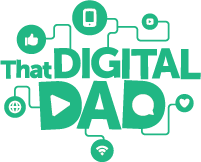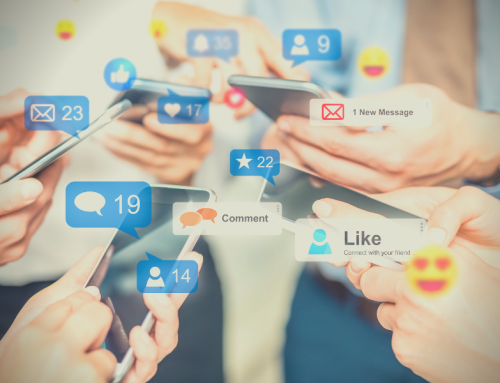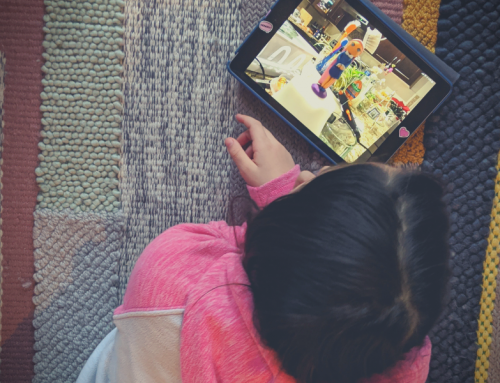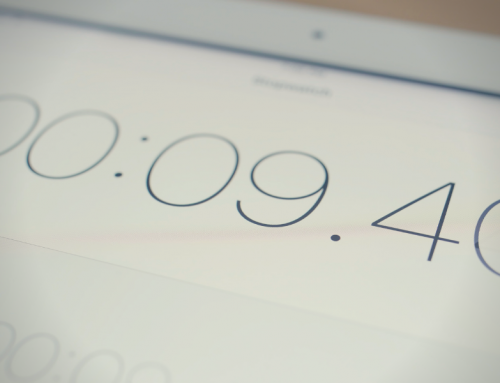Instagram claims the change made their platform healthier, but what’s really behind the obscured social validation metric?
It’s been a little over a year since a tweet by Jane Manchun Wang gave us a preview of Instagram’s new hidden like count—and caused a stir in the process. Wong is a reverse engineer, which means she deconstructs apps to learn how they work. Through her tinkering, she was able to generate screenshots that previewed a then-new feature saying “liked by <username> and others.” Accompanying the images she generated, Wang included the following statement, supposedly from Instagram: “We want your followers to focus on what you share, not how many likes your posts get.”
But why would Instagram test a feature like this? With a Facebook-owned platform of this scale, one thing is for certain: they wouldn’t just do something for the greater good. It was more likely a direct response to a stark decline in user-generated content (UGC), which is a pressing business concern for the company. At the end of the day, UGC is what drives the value on social platforms including Facebook, Snapchat and Instagram. The official statement from the company is that they want to remove some of the social pressure that comes from Likes, but let’s take a closer look at the real reason.
What’s in a Like?
It’s hard to remember a world without Likes. Facebook first introduced the little thumbs up just over a decade ago. Perhaps coincidentally, perhaps not, they experienced significant growth after introducing the Like button. There was a double-digit increase in monthly active users from 2009 to 2011, average quarterly growth for this period was a whopping 17 percent, and the company hasn’t seen user growth that significant since.
There may be other things that contributed to this meteoric growth, including network effects, but the Like button definitely played a part. It was also a key component fueling Facebook’s algorithms by enticing users to share their own content—and more importantly—enticing them to stay on the platform. Psychologically, Likes play into our innate need to be part of a group. The Like button brought us a new way to quantify our belongingness, and our brains were conditioned to anticipate the positive affirmation from our online “friends.” Essentially, Facebook created a feedback loop that makes the platform addictive.
It’s important to remember that most things don’t happen by accident at big tech companies. After all, they have some of the brightest minds working for them. And while some new features certainly have unintended consequences, any feature that bumps up active user counts is purpose-designed to do so. According to author David Brooks, tech companies understand the role of dopamine surges perfectly well. He writes, “[T]hey lace their products with ‘hijacking techniques’ that lure us in and create ‘compulsion loops.’” Facebook’s founding president Sean Parker confirmed this assertion, stating bluntly, “The inventors…understood this consciously. And we did it anyway.”
In addition, Likes play a very important role in the functioning of the platform itself, namely in our news feeds. When we show platforms what we react to in real-time, the algorithms behind the scenes can better curate what we see. When we hit Like, we’re essentially telling the algorithm, “More of this type of content, please!” Since 2016, your Instagram feed has been curated by an algorithm that’s learning from your every move. And because the platform feeds you a never-ending list of personalized content, you’re more likely to stick around—and increase their daily and monthly active user count.
Facebook also monetizes your Likes by serving you precisely targeted ads. The platform generates an incredible amount of ad revenue because they know their users so intimately. The kind of data they keep allows companies to serve their ads to a very specific audience, and this kind of personalization has been a major boon for advertisers. Knowing all this, it’s clear that Likes play to a bit of a soft spot in the human psyche. While it’s true that some companies are using your Likes to sell you products, otherwise, the feature is harmless, right? Wrong.
Unlikable Consequences
Unfortunately, Likes became a sort of public scorecard, making it clear to you—and the rest of the world—how popular your posts were. While the tech world’s motivations in creating these features are certainly questionable, I don’t think that Facebook or Instagram foresaw the ripple effect they would have. With Likes came a mounting social pressure and a devastating ability to compare ourselves to others. Having the perfect photo or video became an imperative, and anything that didn’t garner enough Likes became a liability.
A Washington Post article looked at this phenomenon in depth and discovered that many young users delete posts that don’t hit their Like threshold. A 13-year-old interview subject, Katherine, shared that her magic number is 100 Likes per post. She also explained how the best part about the platform is the notification box—which tallies her Likes, tags and followers. Katherine, like most younger users, deleted the vast majority of what she posted. Her feed only contained about 25 images, because the rest simply weren’t popular enough. This phenomenon represented a troubling trend for Instagram, because it translated into a decline in user-generated content. Instagram took action on the UGC problem once before in 2016, and I believe the “private like count” feature is simply another attempt.
Efforts to Encourage UGC
Back in August of 2016, Instagram’s then-CEO Kevin Systrom announced a new feature for the platform: Stories. When Snapchat first rolled out their Stories feature, it had a massive impact and they saw their daily active users increase to over 150 million. When Facebook and Instagram rolled out their own versions, I considered it an attempt to move in on their competitor’s most successful feature. Surely this was part of the motivation, but more importantly, this was actually a way for Instagram to address the problem of a very precipitous decline in its UGC.
At first, Likes encouraged us to post more content, but like many new tech features, there were unintended consequences. When we could so easily compare our post’s performance with others, we began cutting content that wasn’t “performing.” On Instagram, teens in particular were deleting about half of their posts because of insufficient Likes. When Systrom introduced the new Stories feature, he specifically tied it back to this phenomenon, stating, “We need to have a place where you feel free to post whatever you want without the nagging fear of, ‘did someone like that or not?’ Not having feedback is important for Instagram because it is a contrast to the highly pressurized space of a feed.”
In parallel, youth and adults alike have also begun to understand the permanence of social media—and no one seems to like it. Everyone has a friend-of-a-friend who has lost an opportunity, a job or a scholarship because of something caught on social media. So when they were first introduced, Stories addressed these two different anxiety-inducing aspects of social media for youth: they eased the pressure of Likes, and they aren’t on your permanent record. Today, Instagram Stories have evolved, and you can now “react” to them in the moment, but they have never offered a public Like count and don’t carry the same pressure as regular posts.

Given all this, it’s not surprising that stories caught on like crazy. By October of 2016, 100 million daily active users had bought in, and that number double by April of 2017. As of January 2019, roughly 500 million people were using the Stories feature daily—pretty good proof that users are more than willing to post on the platform if the stakes are a little lower.
Like-ly Motivations
At the end of the day, Facebook and Instagram are very invested in the content their users generate—so they’re extremely motivated to create a friendly environment where you feel free to post. Instagram introduced Stories largely to address their declining UCG, and my guess is that the “private like count” feature had similar motivations. They have one goal, and that’s to continue to grow their user base.
These platforms have used every psychological trick in the book to draw us in—and historically, they’ve shown very little concern for how that might affect our mental health. I believe that if they were trying to remove anxiety around posts, they did it to keep us posting. Ironically though, this might be the first time that a platform released a new feature with an unintended consequence that could be net-positive for our mental health.
– Sean, @thatdigitaldad






